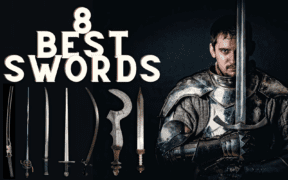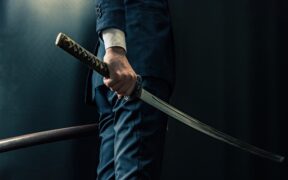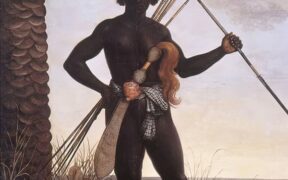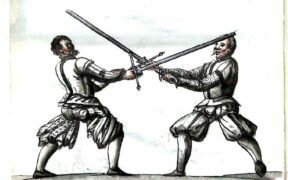What Were the Most Effective Swords in History?
NO AI USED This Article has been written and edited by our team with no help of the AI
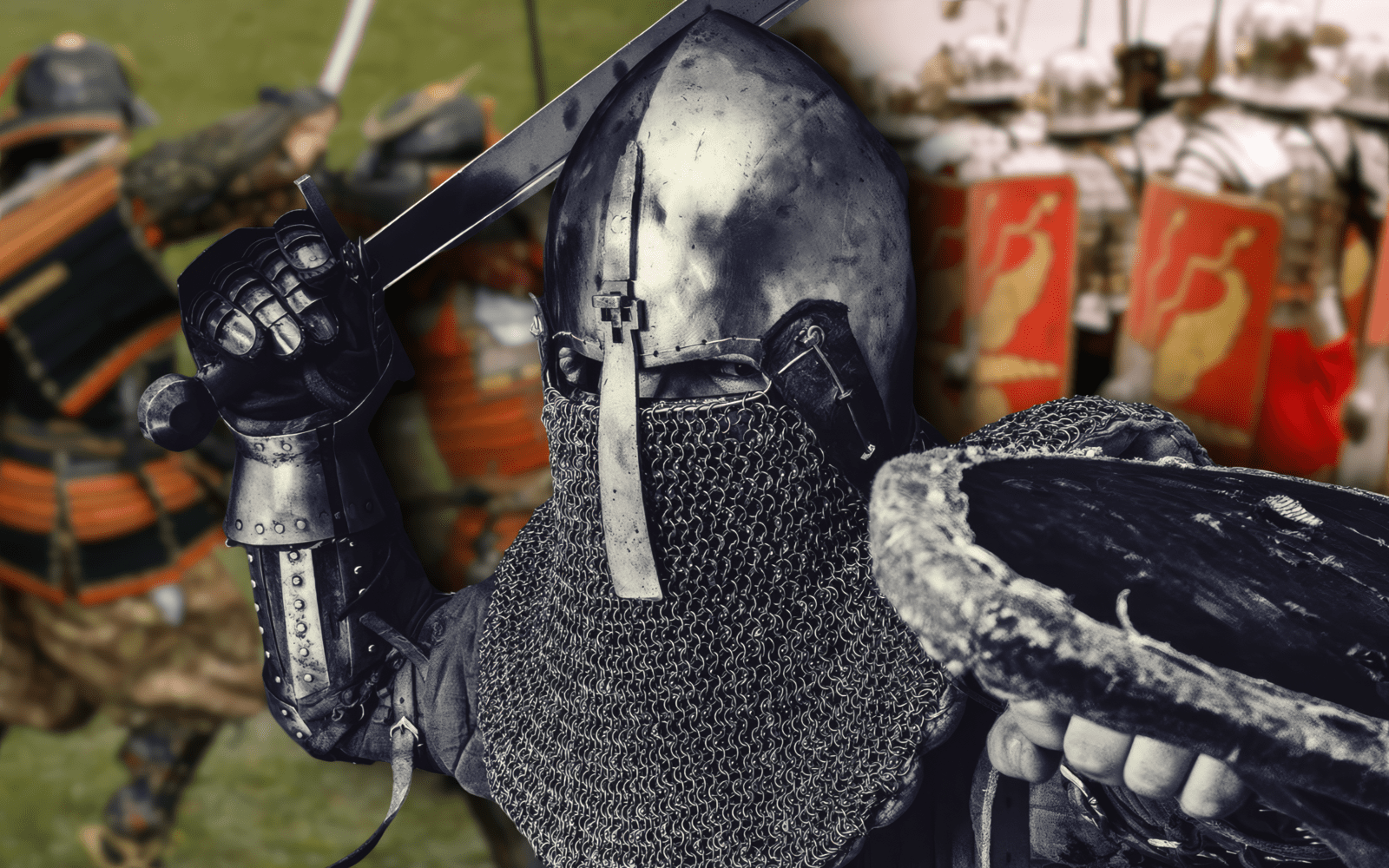
The sword is an edged weapon of war that has been pivotal throughout history in various types of combat — from open battlefields to mountain passes and even gladiatorial arenas where warriors battled for survival.
This article discusses some of the most effective swords in history, focusing on those that had the greatest impact in battle.
This article discusses some of the most effective swords in history, focusing on those that had the greatest impact in battle.
1. The Gladius
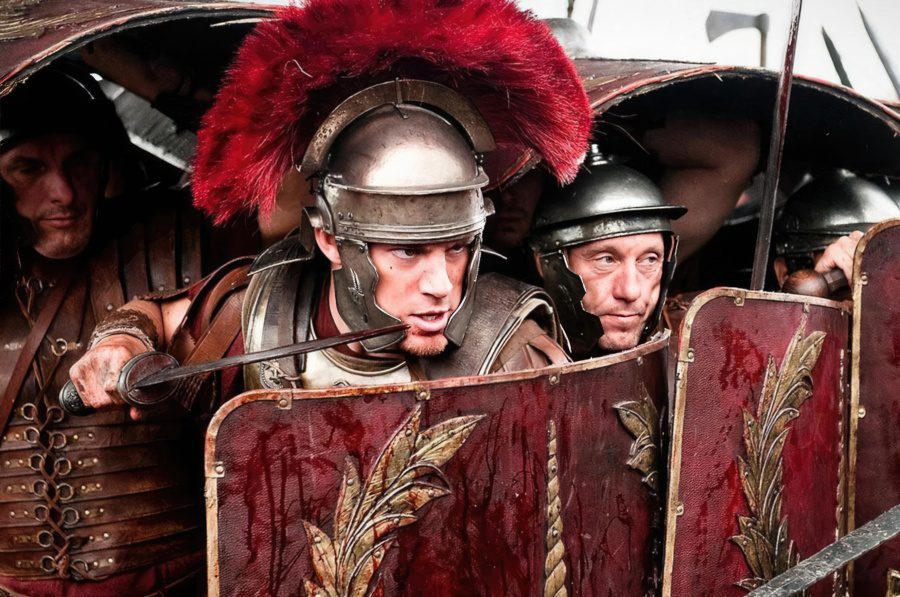
The gladius is a one-handed shortsword used by the Romans, known for its straight, double-edged blade with a pointed tip, suitable for thrusting and cutting. Relatively simple to master, it was often paired with the use of a large shield called a scutum.
Roman tactics emphasized close, tight formation combat with the gladius, allowing enemies to be defeated using longer spears. These tactics allowed Rome to expand across three continents.
Polybius, a Greek historian wrote, “The Romans, on the contrary, instead of slashing, continued to thrust with their swords which did not bend, the points being very effective. Thus, striking one blow after another on the breast or face, they slew the greater part of their adversaries”.
2. The Arming Sword
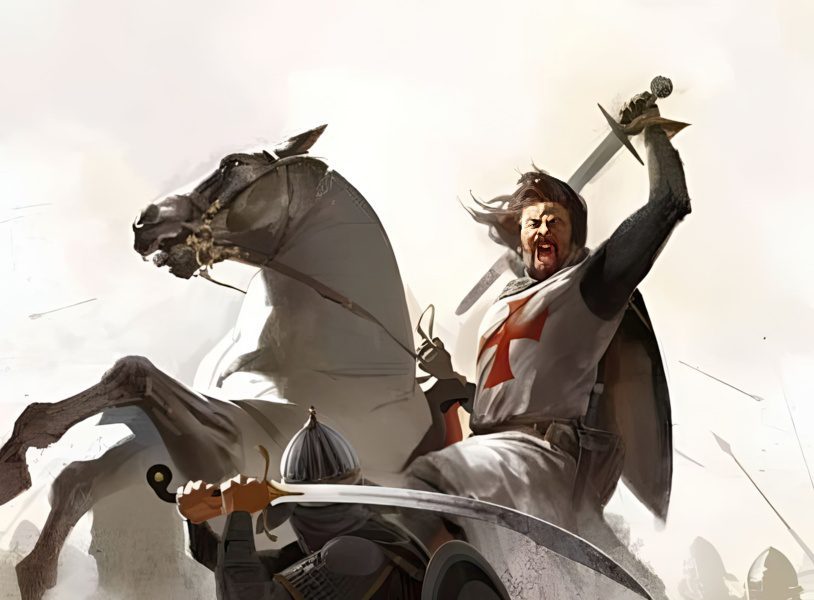
The arming sword is one of the most effective weapons in European medieval history. This one-handed, straight, double-edged blade was predominantly used by the rising knight class, earning it the name “knightly sword.”
Simple yet versatile, this sword featured a straight crossguard that protected the user’s hand without sacrificing mobility. It was used in shield formations, guerrilla warfare, cavalry charges, and duels.
The arming sword was prominent in many wars including the Crusades, and came in many variations, with some even crafted in the Middle East and North Africa.
3. Chinese Dao Sabres
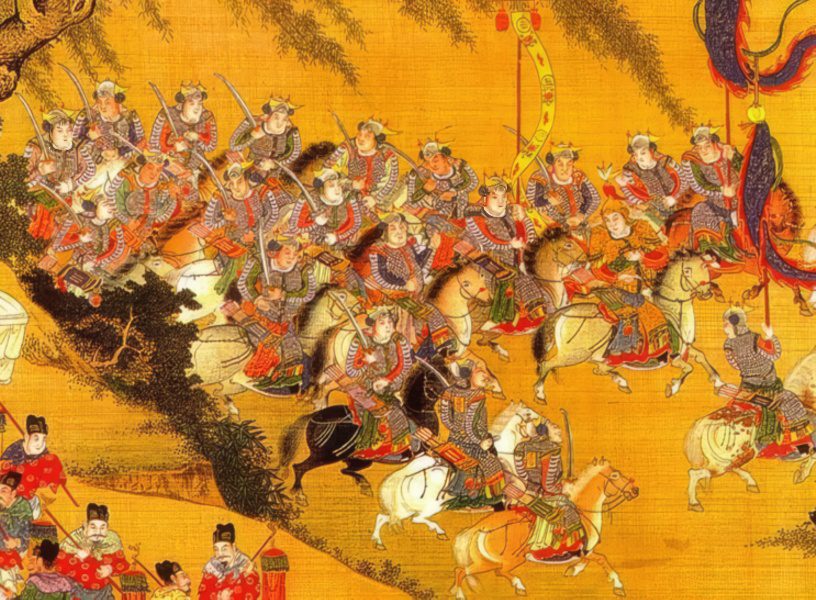
One of the most functional and longest-used swords in East Asia is the Chinese Dao saber. These swords feature a single-edged blade, with earlier versions being straight, while later evolutions almost always included a curve.
Known as the general of weapons because of its widespread use in warfare, the Dao has been a part of almost every battle in East Asia, even inspiring models like the chokuto in Japan.
It has existed for over 1000 years, with some models even used in WW2. Variations include the liuyedao, yanmaodao, changdao, and dadao.
4. The Longsword
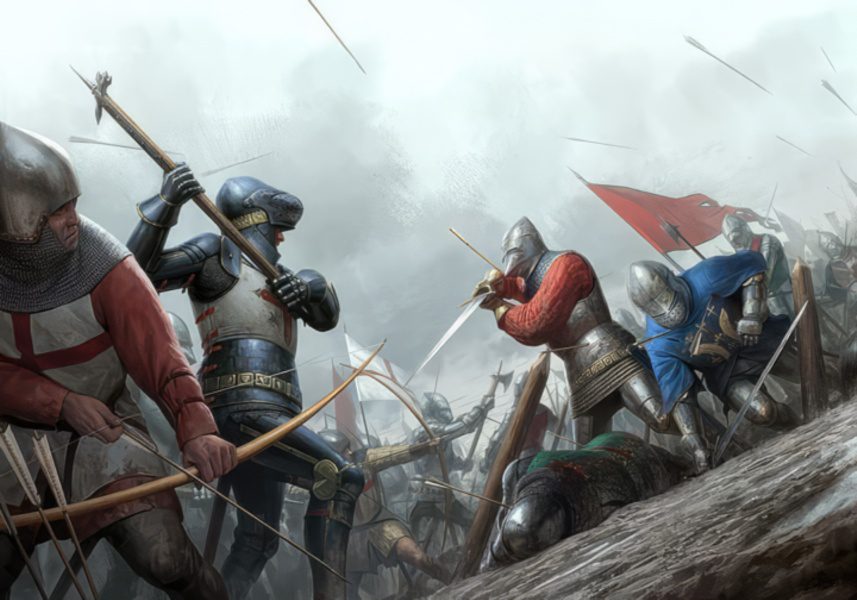
The longsword was an evolution of the arming sword, featuring a two-handed hilt, longer blade, and various blade variants. Although it wasn’t used for many centuries, it was the ideal weapon during its time.
Its primary focus was on versatility, emerging during a time when heavy armor was advancing significantly. While some models were very thin, designed to penetrate armor gaps, others were broader for brute smashing.
5. The Scimitar
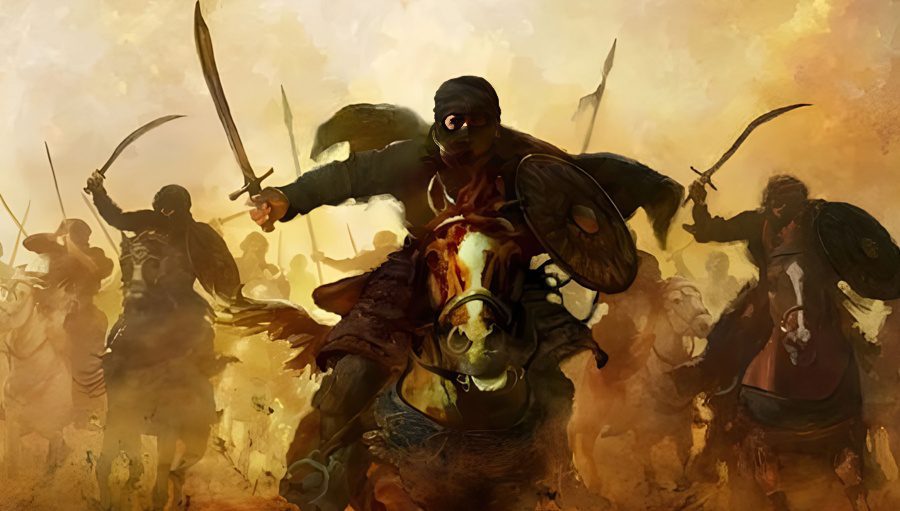
The most effective swords in Central, West, and North Africa are scimitars. These single-edged sabers feature a strong curvature and were primarily used on horseback, though many foot variations exist.
First inspired by the Turkic-Mongol saber as early as the 9th/10th century, the blade became more curved as the design spread toward the Middle East, similar to the Persian shamshir. Some versions had broader tips like the Turkish kilij.
The pronounced curve of scimitars makes them ideal for slicing without getting lodged in armor. They are fast and very effective against lightly armored opponents. They later inspired the European saber.
6. Merovingian/Carolingian or Viking Sword
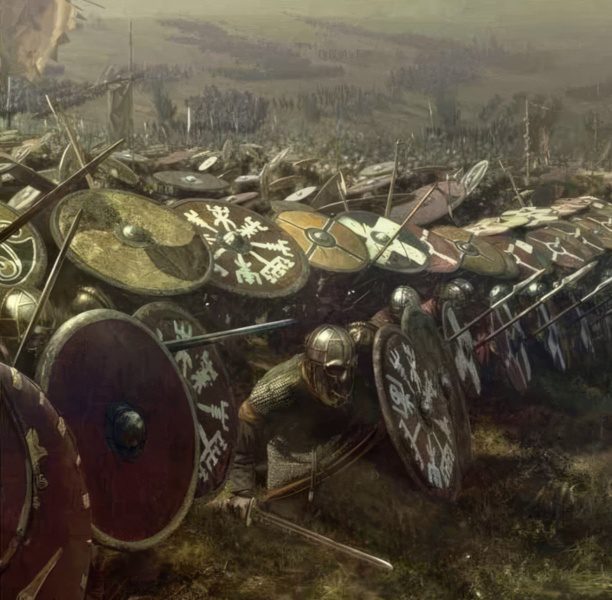
One of the most functional and effective swords at the end of the ancient era and well into the Middle Ages was the straight, double-edged Spatha, which evolved into the Carolingian Sword.
The blade had a straight design with a broad tip, ideal for slashing through mail armor and shields. Widely used by the Vikings, it became known as the Viking Sword and began to feature a small handguard.
This blade existed for many centuries and inspired almost every subsequent European sword model.
7. The European Sabre
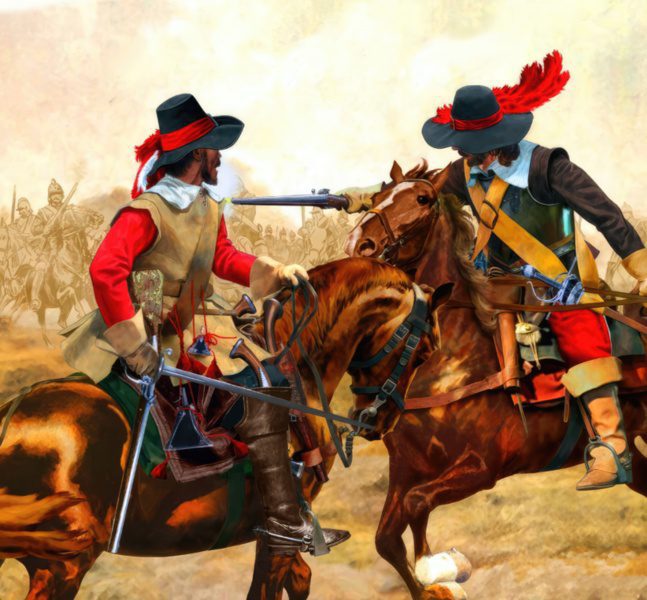
The European saber became dominant after the 18th century as heavy armor declined and the use of cavalry troops increased. Featuring a single-edged, one-handed blade which is often curved, these swords can be slim or broad, with some featuring a double-edged tip for powerful thrusting attacks.
While the curved blade reached its full potential on horseback, its lightweight for foot soldiers allows for quick strikes such as slashing and slicing. Most came with a protective handguard, which could be straight, swept-hilt, or a full-on basket.
8. The Katana
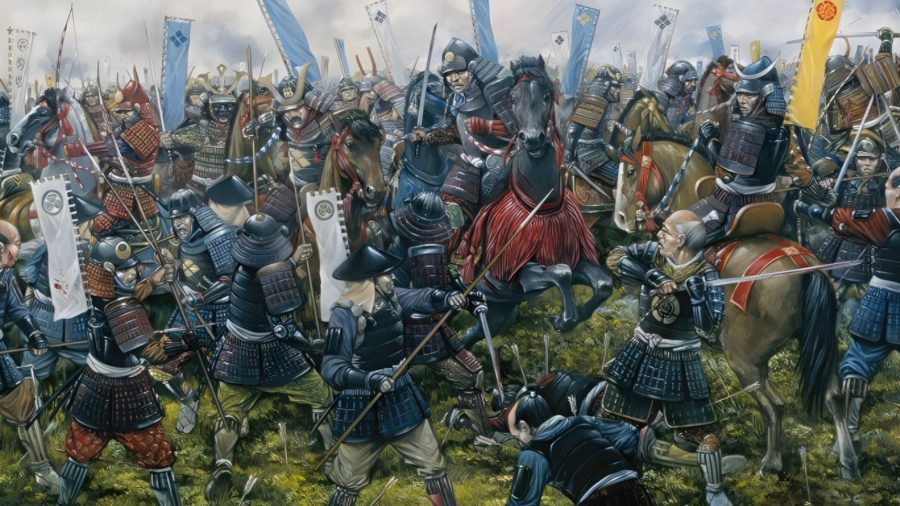
The Japanese katana is a single-edged, curved blade wielded by the legendary samurai of Japan. This sword evolved from the earlier tachi, which saw more use in warfare due to it being designed for cavalry.
Despite serving as a secondary weapon in Japanese warfare only when the primary spear, polearm, bow, or rifle was impractical, the katana’s successful design made it a common sight in nearly every Japanese battle. Great for self-defense in many different combat scenarios, the katana inspired many swords in China and East Asia.
Stephen Turnbull, a British historian with a focus on Japanese military history says, “the primary weapon of the early samurai was the longbow, which made a drastic change on the battlefield… Three centuries later, in Japan’s Sengoku Period, the outcome of the battles depended on the long spears. Once again, the sword was the secondary battlefield weapon”.
9. Leaf-Shaped Swords (Xiphos)
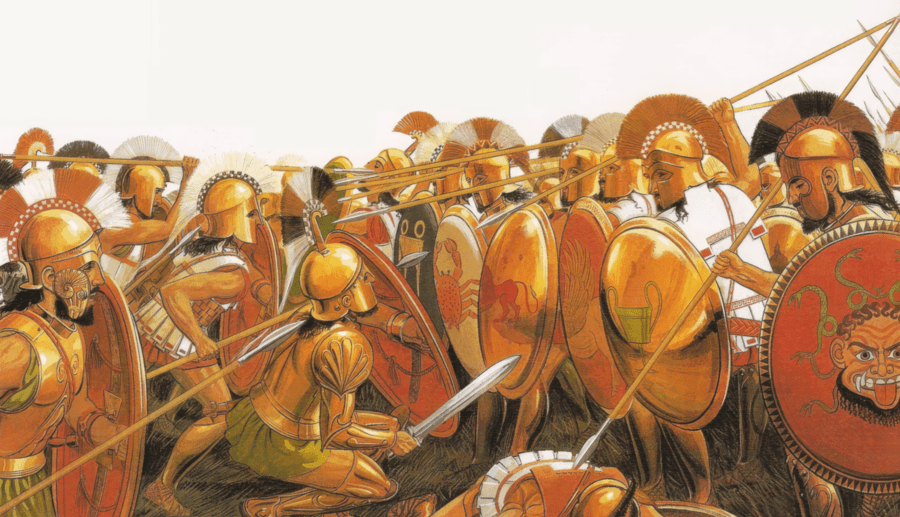
One of the most functional weapons of the Iron Age and the ancient era were double-edged leaf-shaped swords with iron or bronze blades that had a broad blade to strengthen their core.
The most iconic and effective of all during the Iron Age were known as Celtic Swords, which later inspired the Greek Xiphos, used by almost every Mediterranean culture. The weight at the blade’s tip made them powerful for slashing.
They were used by both cavalry or foot soldiers, and some are known to have carved through ancient armor.
10. Sickle Sword (Khopesh)
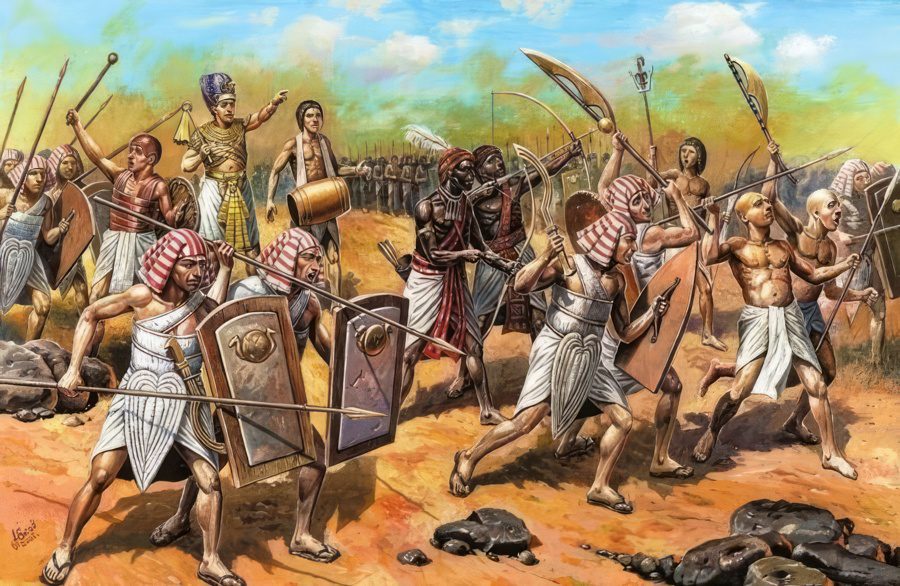
One of the earliest sword designs was the sickle sword. Made from bronze, these weapons were shaped like a sickle to strengthen their structure.
These swords originated in Mesopotamia and spread during the Bronze Age to various regions, including Egypt. There, the sword evolved into the iconic khopesh, inspired by an axe model and used for powerful chopping attacks.
